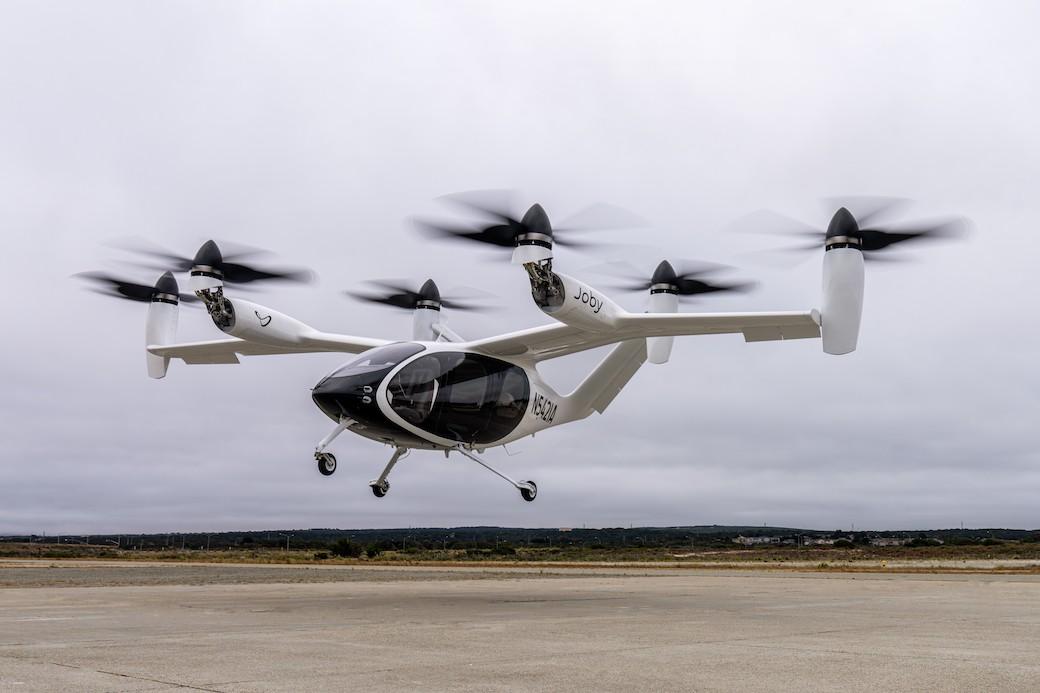
Credit: Joby Aviation
Extensive survey results from across the advanced air mobility (AAM) industry reveal deep skepticism about the prospects for near-term passenger services and urban air mobility, offering a sobering view about the feasibility of planned service launches in 2024-25. The study was commissioned by...
Subscription Required
This content requires a subscription to one of the Aviation Week Intelligence Network (AWIN) bundles.
Schedule a demo today to find out how you can access this content and similar content related to your area of the global aviation industry.
Already an AWIN subscriber? Login
Did you know? Aviation Week has won top honors multiple times in the Jesse H. Neal National Business Journalism Awards, the business-to-business media equivalent of the Pulitzer Prizes.





